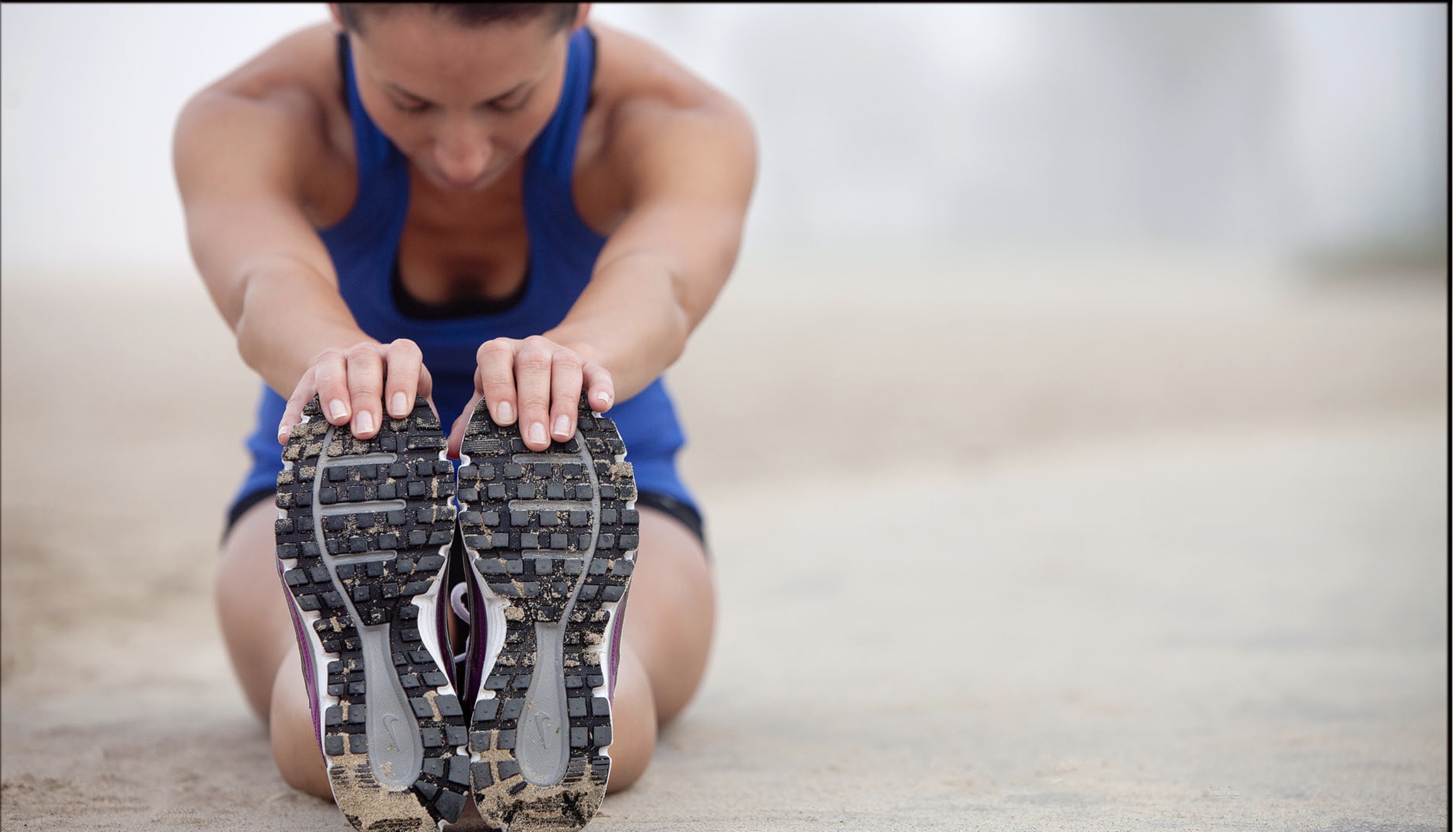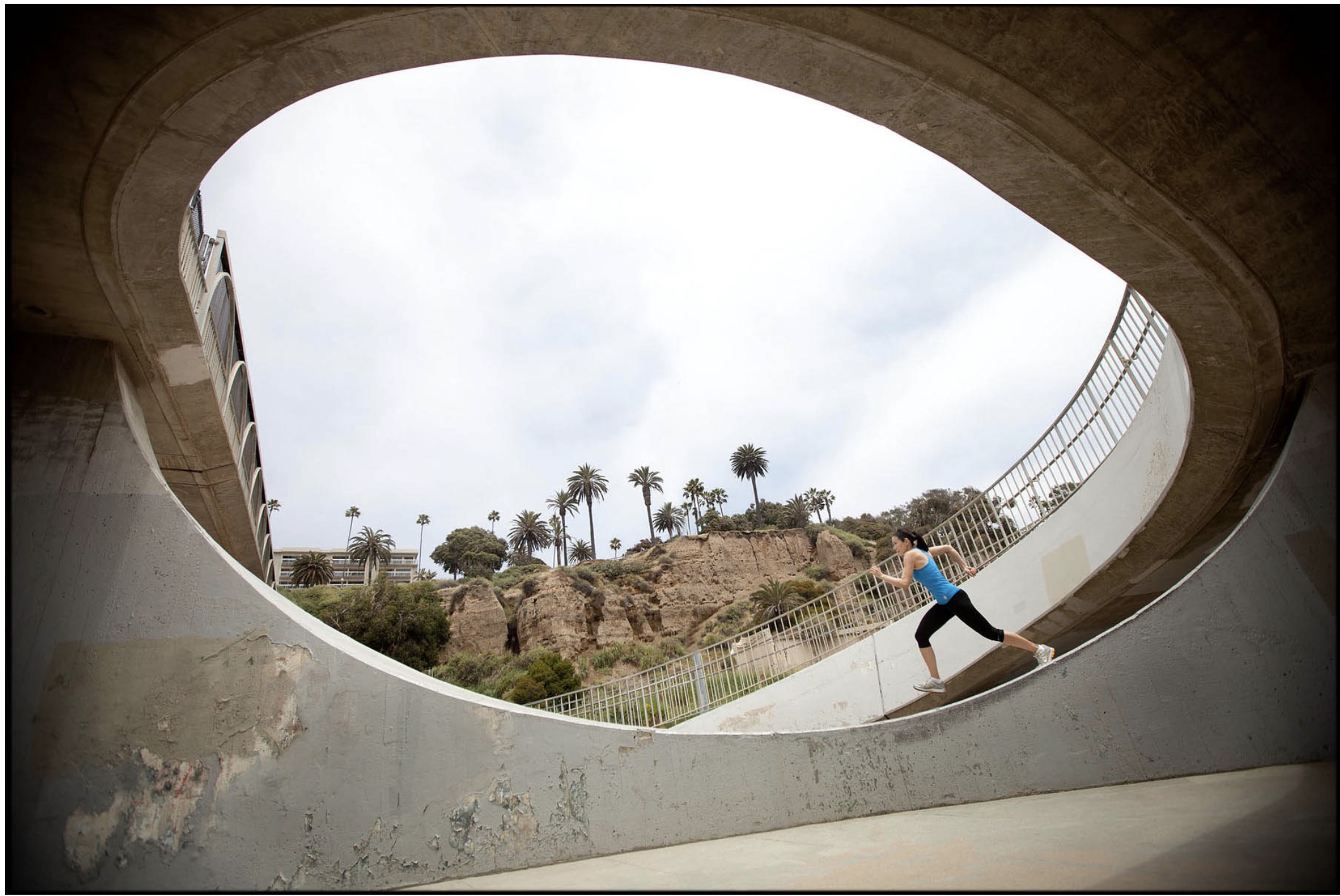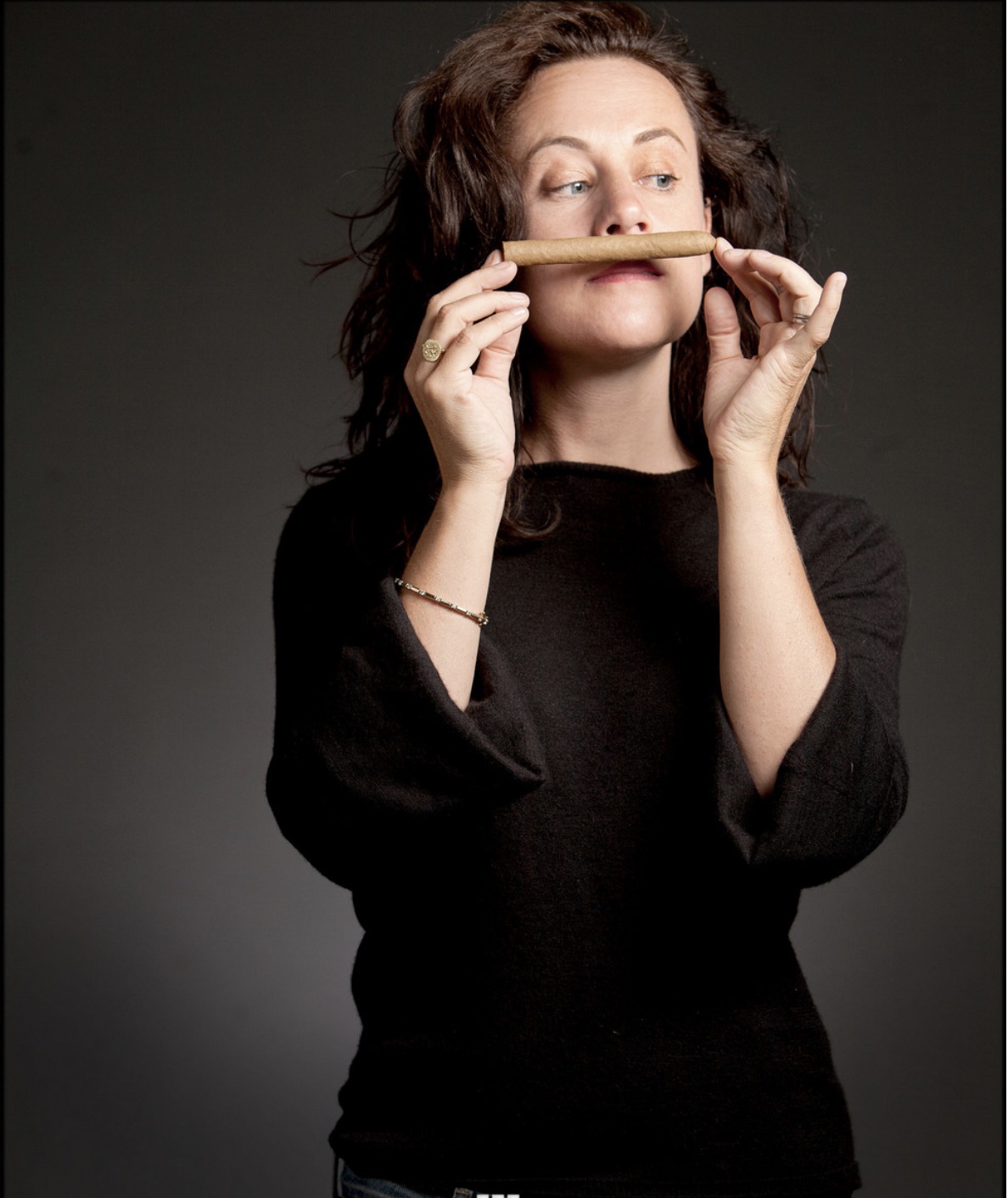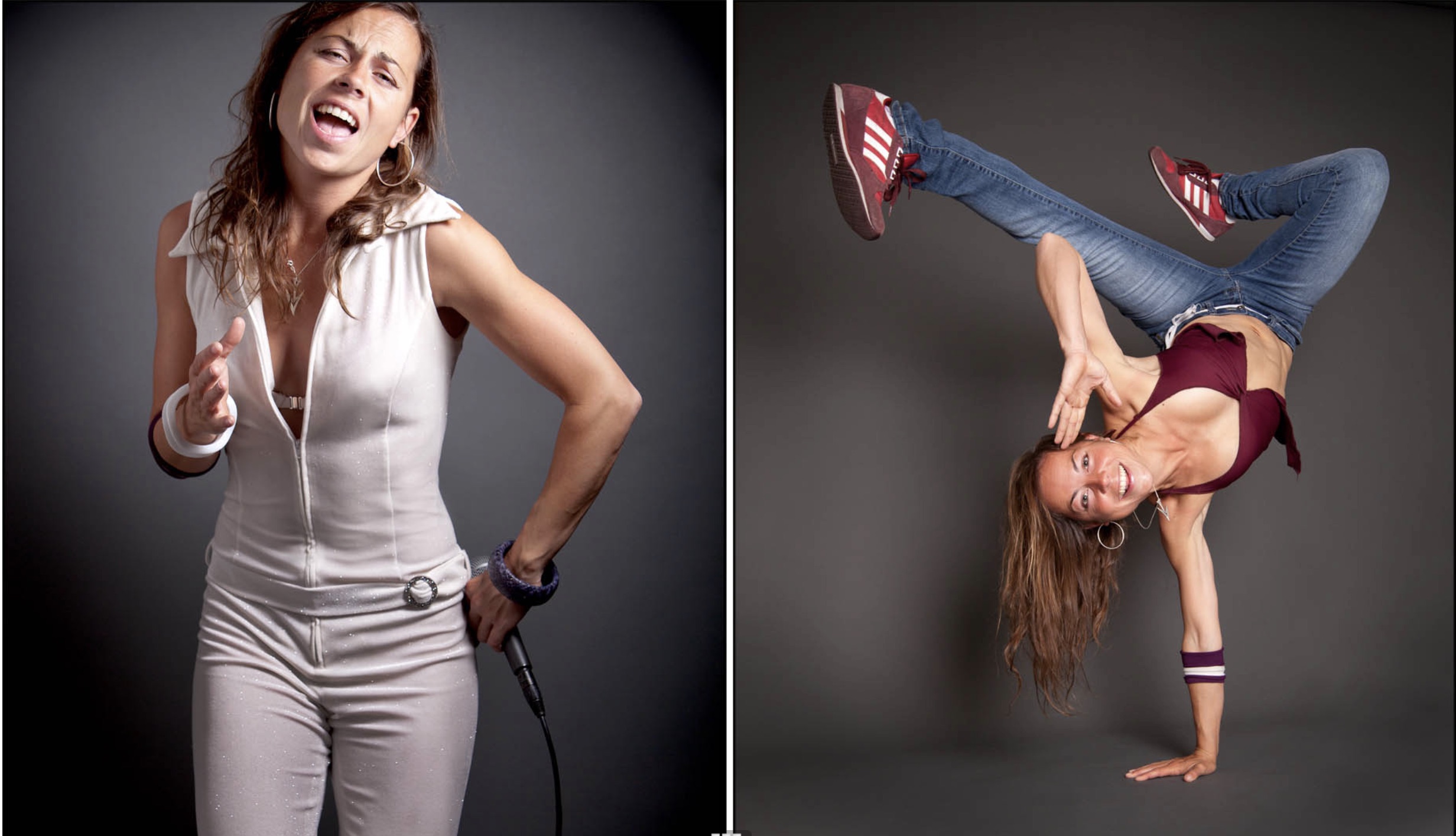Capturing A Man's World Through A Woman's Lens
Gender Disparity in Photojournalism
by Andrea Friedman
Standing next to 250 pounds of muscled male testosterone doesn't phase Heather McLaughlin, who calmly adjusts her camera lens and snaps a shot of him ironing his ring uniform in a bright green speedo.
It's just after 3:30 PM on a Sunday afternoon, and McLaughlin is backstage at a televised World Wrestling Entertainment (WWE) event.
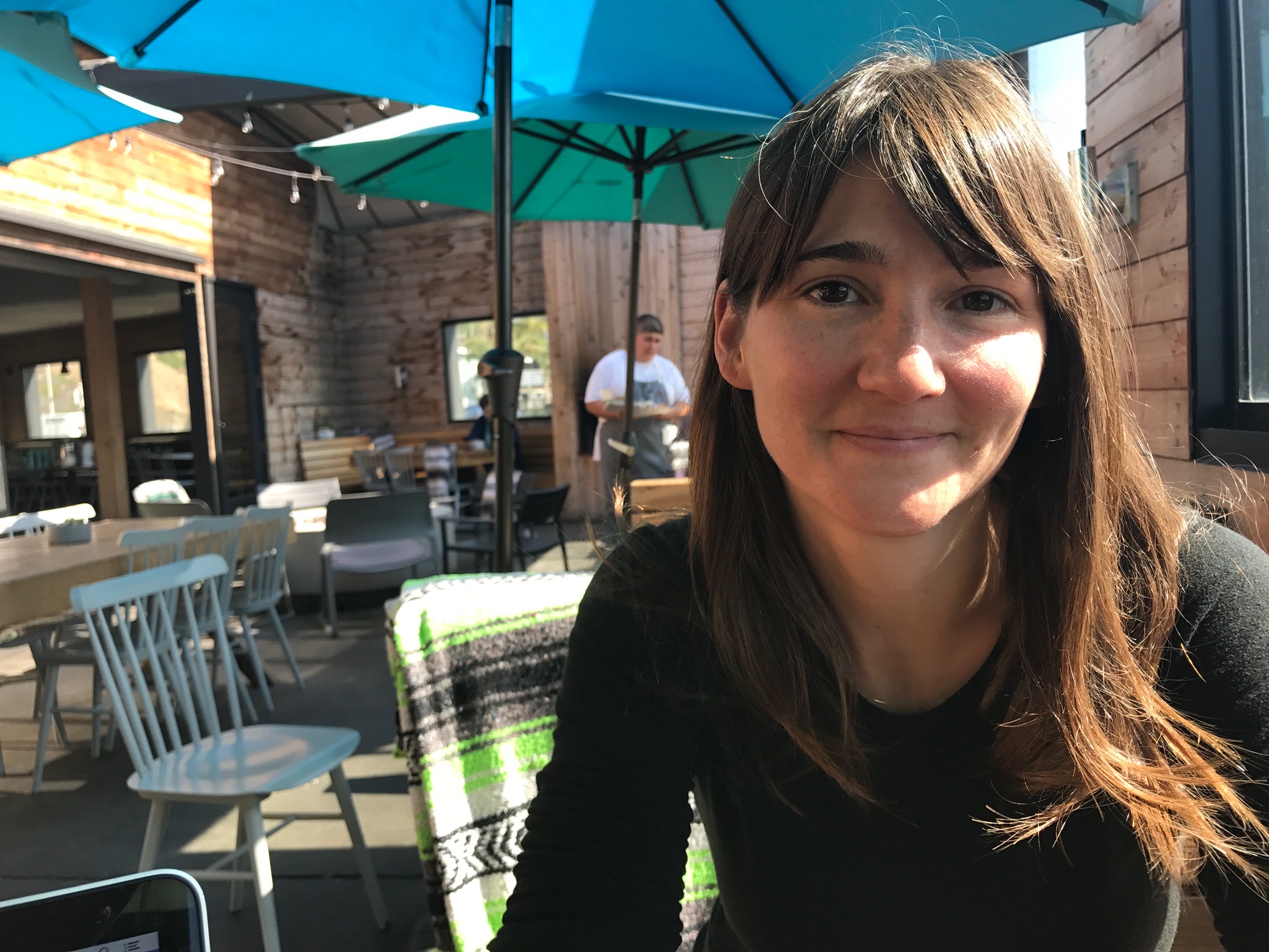 Heather McLaughlin, Professional Photographer
Heather McLaughlin, Professional Photographer
They're both getting ready for work, but unlike the ironing-speedo-clad man, McLaughlin is not a wrestler, she is a professional photographer, and the only woman hired to shoot ringside tonight.
At a petite 5-foot-1, Heather McLaughlin's vigor dispels any stereotypes you may have about her size. She speaks with purpose and confidence; the tone elicits a subtle yet powerful certainty in herself and her craft.
She gears up beside the 6-foot-2 wrestler, strapping two eight-pound cameras over her dainty shoulders.
McLaughlin walks with purpose, behind the ring and out of the public eye, where a production is under way. She moves down a hallway plastered with intense red and black WWE logos, the theme colors for the evening.
"We get here several hours early to create our set," she says. "We make everything from scratch, draping cords where we can, positioning lighting where we need it, all while working with the space. It's pretty cramped tonight."
Her space is a 12X14 foot area with a perfectly lit backdrop, cameras-a-plenty, and tech equipment organized on the floor. "Usually we at least have a table," says McLaughlin who's seasoned and calm amidst the chaos.
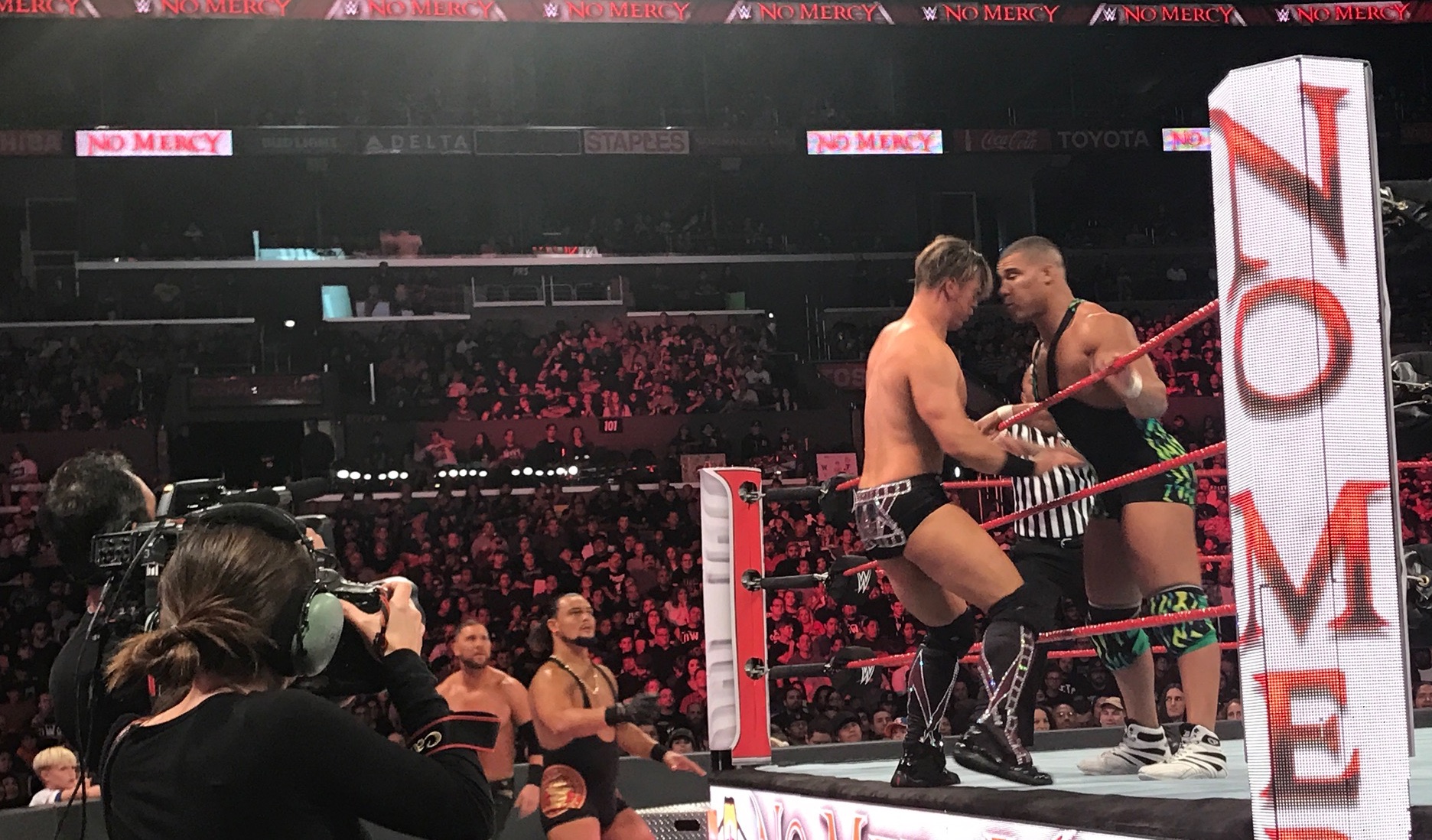 McLaughlin, left, shooting ringside
McLaughlin, left, shooting ringside
To the left, pans clang harmoniously with sizzling sounds of freshly cooked steak, aromatically filling the air around us. "That's the kitchen," she says. To the right is a staged backdrop with the company logo, a ladder and flattering lighting for wrestlers to make statements before going out onto the ring. This is all part of the live show, true storytelling at its finest.
Pumping adrenaline thickens the air through each wing as McLaughlin approaches her ringside position. In the arena, boisterous fans pile in masses, clinking beer in plastic cups while sharing excitement for the live event. In the midst of all this excessive testosterone, McLaughlin is aware she's the only photographer of her gender, but it's nothing new.
Last month, Japanese camera giant Nikon organized a promotional campaign, selecting Thirty-two professional photographers to use their new camera to create impactful messages of visual storytelling. In their own visual story, Nikon shows a society where "photographer" and "male" are synonymous. 32 winners, not a single woman. Social media erupted with critique and Nikon's response fell short, saying "Unfortunately, the female photographers we had invited for this meet were unable to attend, and we acknowledge we have not put enough of a focus in this area."
Women made up just 11% of Nikon's workforce this year. According to the The State of News Photography 2016, only 15% of photojournalists are women.
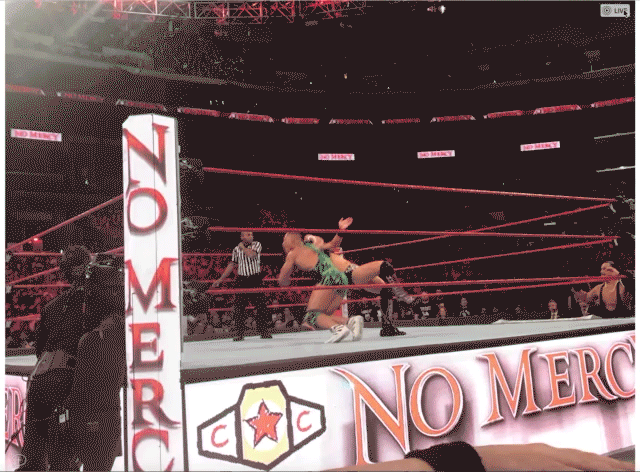 WWE Bodyslamming in Action (McLaughlin pictured on left)
WWE Bodyslamming in Action (McLaughlin pictured on left)
Heather McLaughlin is the only female freelance photographer regularly hired to shoot ringside for the WWE.
In grade school, she was gifted her very first camera. "It was hot pink, from my dad," she says. "I felt a discrepancy between men and women at a very young age."
Just after high school, 19-year-old McLaughlin entered the industry as a photography assistant in Connecticut, learning quickly that misogyny wasn't just at the dinner table. "My dad was very old school," she says. "He definitely felt that women had their place, and it wasn't necessarily in the stratosphere of working."
Nearly two decades later, now her own boss, McLaughlin divides time between ring-side shooting for a prominent pro-wrestling organization and passion projects that allow her more creative, intuitive freedom. But her road here, as a woman in a male-dominant industry, wasn't without torment.
"When I started, I was much smaller, quieter and more willing to play the boys' game" she says. "When you're the only one in a group of something else, I think it's easier to laugh off offensiveness."
McLaughlin says her gender confidence did not come right away. From childhood, constantly being told that women are valued less than men made it difficult for her to ask for money. "Invoicing my male employers was terrifying. In one instance, I sent him my invoice and he responded by saying he's not paying me, but thanks anyway. This was his way of joking." And this hostile and unprofessional "joke" did not stop there.
In her career, McLaughlin recalls a handful of workplace conversations from the sexist male point of view.
"I'll never forget the time a male co-worker stopped me in awe," she says. "He told me he'd never heard of a broad in broadcasting." McLaughlin says this man also suggested she wear lower-cut shirts at work to boost morale.
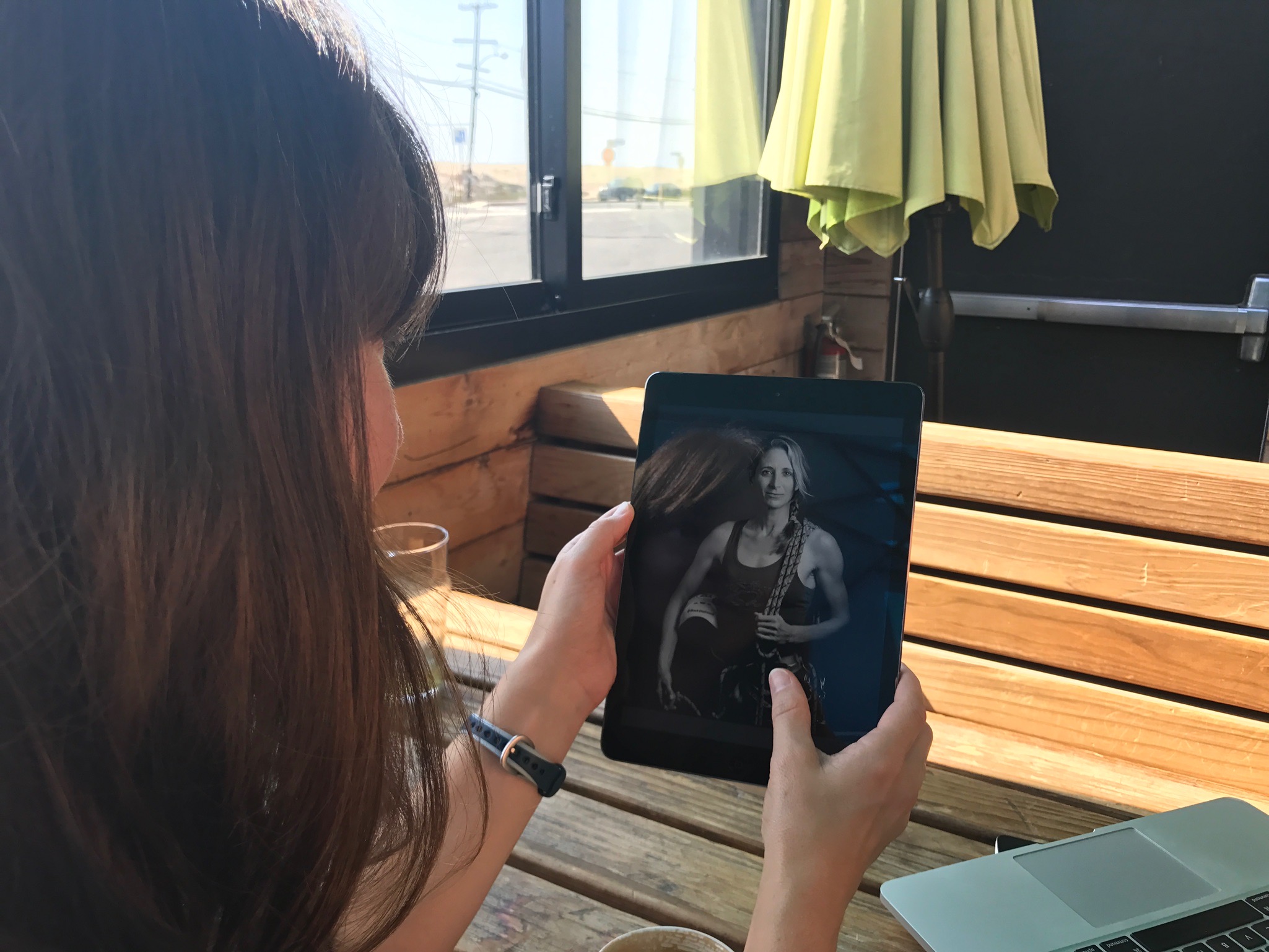 McLaughlin shows a photo from her latest project
McLaughlin shows a photo from her latest project
"A colleague was talking about how older women become desperate sluts and I thought 'Sluts are we still using that word?' Are we still sexually shaming women?" While McLaughlin knew it wasn't a direct critique, she says "when you're talking to women and speaking about women as a whole, it's hard not to loop yourself in, that one day you're going to be that woman who's a desperate slut." And this was 2010, not 1920.
When McLaughlin started showing up in a different way, a louder way, a feminist way, it didn't go unnoticed. Her male colleagues were vocally uncomfortable because they had to change their behavior, they now had to show respect.
The simple act of speaking up changed the conversation, but it was obvious that to earn the same career roles as male photographers, she had to work harder than them. "I had to demand better jobs when the guys were handed promotions. If I didn't put myself in the uncomfortable position of asking, it wasn't happening."
McLaughlin tells firsthand how gender disparity effects the few women in the industry as well, by creating thick tension and competition. "I've seen women throw others under the bus, and they're rarely competing for the same job, but instead competing for femaleness."
WOMEN HELPING WOMEN
It's 2017 and people are still not really talking about gender disparity in the photography industry. A handful of organizations have pretended an attempt, but the truth is that media have selectively picked up on feminist ideas, in ways that do not challenge the patriarchy, heteronormativity or capitalism.
The State of News Photography 2015 survey also revealed that men makeup 85% of photojournalists. In response, the Photo Brigade, an organization created by husband and wife to strengthen the freelance photographic community, hosted its first all female panel on Women in Photojournalism . It's two-hour runtime yielded no mention of gender challenges in the industry. Following the newest survey, the organization hosted another panel featuring Women in Sports Photography--still no mention of the issues.
Stamping content with "women" in "career" allures the viewer to assume professional women will address chauvinism in a high-profile industry, but terms like "feminism," "sexism" or "girl-power" usually remain absent altogether. Visibility of professional women still does not address the issues at hand.
"Overt sexism from earlier decades has been replaced with a more ambivalent framing of women," says Michela Musto, Ph.D. Candidate at USC's Department of Sociology. "At first glance it might appear as if current representations of professional women have improved."
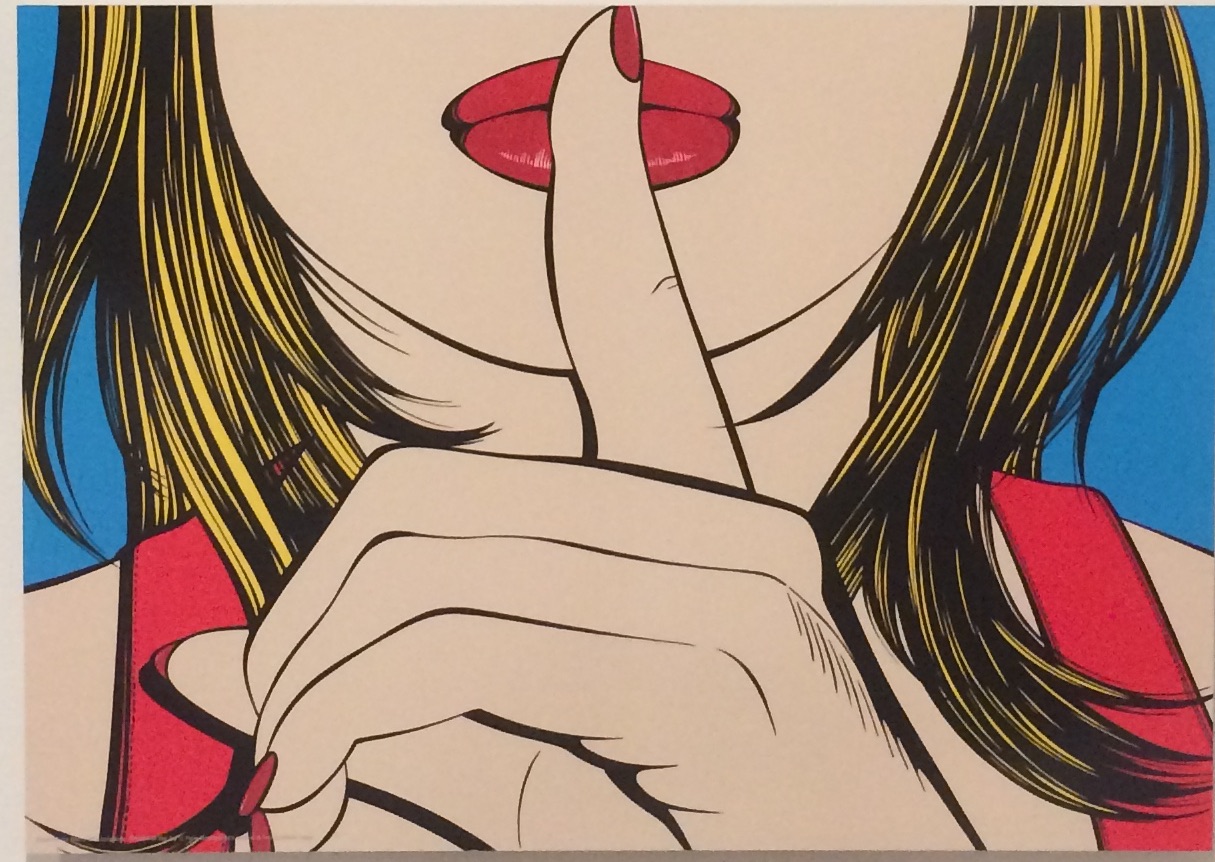 Painting of Quiet Woman, by Daniela Tsudik
Painting of Quiet Woman, by Daniela Tsudik
Musto says that sexism has become more covert, and more difficult to detect over time. "Nowadays the media is taking on a 'gender bland' manner," and often change that appears to be a win for women may instead reify forms of inequality in other aspects of everyday life.
It's a silent given that women photographers have to confront the all-too-common obstacles of gender prejudice, strains on personal lives and sexual harassment. But most companies still don't value women in professional photography, and it remains a boys' club.
A few months prior to the Nikon blunder, RedBull Photography published an article on their website to address sexism in the industry. They admit to hiring only three women on their official photography staff. "I think we can look towards the physically demanding nature of sports photography," says one woman, who reinforces stereotypes. Talk about counter-productive.
And American business is no stranger to gender inequality, so while some companies fall short, others are adapting with the times and actually creating active change. Now, more than ever, we have a need for new ways of visual storytelling and expanding on representation in those visuals.
Like Getty Images, who announced their sport photographer internship earlier this year, created to encourage women in pursuit of a career in sports photography. And this is just the beginning.
"Keep going," says McLaughlin. "Do not give up when things get really hard, just keep going. If it's something that you really want."
She believes in pushing for gender equality from the inside out.
"This starts with us. Women helping each other in the industry, showing camaraderie. Even if we have different value systems, the men learn how to treat us by how we treat each other."





